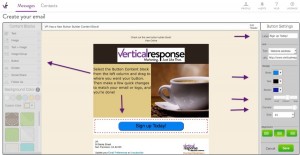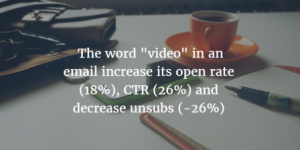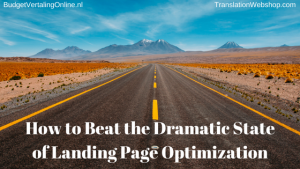Pinterest is one of the most visually oriented social networks, making it a powerful tool for increasing brand visibility and promoting new products. If you’re already using the platform to tell your company’s story and engage with your audience, Pinterest ads can help you take your campaign one step further.
The Power of Pinning
As of late 2016, over 150 million people were using Pinterest to find inspiration, share ideas and shop for products. According to HootSuite, 87 percent of Pinterest users say the platform has influenced a previous purchase, and 93 percent use it to plan purchases they wish to make in the future. These statistics suggest a potential gold mine for your company.
The demographic of Pinterest is shifting in a favorable way, with the number of male users increasing 120 percent in 2016 and users under 40 making up 67 percent of the platform’s social population. With such a wide and varied pool of potential customers to target, you want to make sure your products appear before the people who are already interested in buying what you have to offer.
Pinterest Ad Basics
Pinterest ads, called “promoted pins” solve the problem of visibility by allowing you to reach specific subsets of your target audience and add useful sales features to your pins. Campaigns can be segmented by area or interests. Knowing where your ideal customers are and what they want helps you make the most of this feature to get your promoted pins in front of the right people.
Each promoted pin can be associated with up to 150 different keywords. Although you can use some keywords from the research you’ve done for your website and other social media accounts in the past, Pinterest has its own trends based on platform-specific search behaviors. Combining existing keywords with phrases found by researching what Pinterest users are interested in produces a strong list of keywords to power your campaigns.
Creating Effective Pinterest Ads
Pinterest offers three types of ad campaigns for businesses:
• Awareness – Paid for per 1,000 impressions, these ads are designed to boost brand visibility and can, according to Pinterest, promote a 40 percent increase in new product awareness and a 50 percent higher purchase intent.
• Engagement – Each close-up look, re-pin and click is paid for to increase consumer engagement anywhere from two to five percent above the industry average.
• Traffic – Drive click-throughs to your website for a greater number of conversions, paying for each click as with standard PPC campaigns.
Pinterest introduced promoted video in the summer of 2016, adding another dimension of engagement to the platform. About 67 percent of Pinterest users feel “inspired to take action” when they view videos, so including this type of content in your campaigns has the potential to spread brand awareness and increase conversions even more.
The most effective Pinterest ads are large, high-quality vertical images. Pinterest suggests using an aspect ratio of 2:3, stating an “ideal” image is 600 pixels wide by 900 pixels high. Each image should include clear branding and a caption with relevant keywords. Add a call-to-action to your caption to encourage customers to click on or repin your promoted content.
When used correctly, Pinterest ads make marketing more effective by leveraging the impact of images to bring your products to an interested and relevant audience. Driving greater engagement fosters a spirit of community surrounding your brand and makes your company an active part of this popular social platform. Pay attention to audience behaviors and respond to the actions of your customers to create and maintain a successful Pinterest advertising strategy.
Digital & Social Articles on Business 2 Community(50)
Report Post





